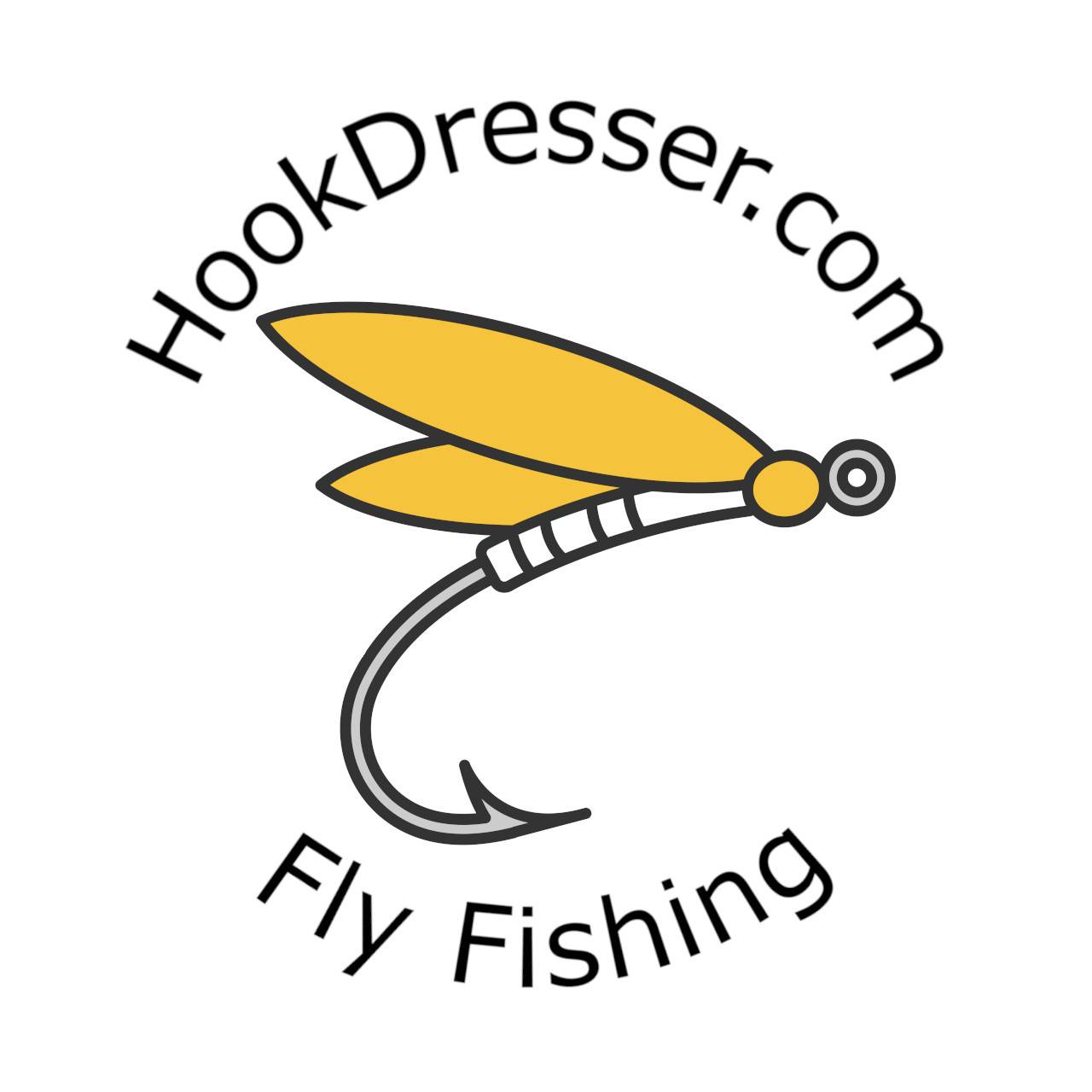The San Juan Worm is a fly every fly fishermen should familiarize himself with.
Despite its simplicity and unappealing look, the San Juan Worm is a deadly fly that will catch fish and should occupy a space in every fly box.
The San Juan Worm is also a great fly for beginners to tie as it is very simple.
When fished on a nymph rig with natural imitation flies, the San Juan Worm can act as an attractor pattern by grabbing their attention.
What is a San Juan Worm?
The San Juan Worm fly is a pattern representing aquatic worms. This effective trout fly can be fished year round in any body of water. It is one of the first flies a fly tier should try tying as it requires only three materials: a hook, thread, and chenille.
What Do San Juan Worms Imitate?
The San Juan Worm fly pattern imitates aquatic worms, leaf worms or earthworms that have found their way into a water body.
How to Tie the San Juan Worm?
The San Juan worm is a great fly to tie to catch various species of trout including brown, rainbow and brook trout. This fly is very easy and quick to tie.
Although red is an obvious color choice, try changing the color of chenille to find the best performing color where you fish. Brown, orange, pink and yellow are all colors I have caught trout on.
What Materials Do You Need to Tie a San Juan Worm?
San Juan Worm Pattern Recipe List
The San Juan Worm is a simple fly to tie requiring only three materials:
Hook: Grub/Scud Hook
Thread: Red Uni Thread
Body: Chenille
Step 1
Secure the hook in your vise and cover the hook shank with an even layer of thread.
Tie in your thread near the bend of the hook and make even turns towards the eye of the hook. Once you reach the eye of the hook, double back and wrap the thread back down towards the hook shank. This will ensure the body of the fly is covered and no parts of hook with show under the thread.
The color of thread you use can either match the chenille or be different to imitate the different rings of color on a worm.
Step 2
Measure out and cut a piece of chenille about 1.5x – 2x the length of the hook. Place it over the top of the hook and tie it in with three wraps of thread to properly secure it in place.
Hold the end closest to the eye of the hook up and wrap your thread to the middle of the hook.
Once you are at the halfway point, lower the chenille and tie the chenille in place with three or o wraps of thread.
Afterwards, repeat the process by lifting the chenille and wrapping the thread towards the eye of the hook. After you have read the eye of the hook, tie in the chenille with another three wraps.
Step 3
Give your fly a whip finish and cut the tying thread. Add a drop of head cement to the top, bottom, and mid-sections of the fly to give your fly more durability.
FAQ
What Color is the San Juan Worm?
The most common San Juan Worm color pattern is red but it can also be tied in pink, orange, brown and tan.
Other great San Juan Worm colors to try are purple, yellow, hot pink, and white.
Is a San Juan Worm a Nymph?
Although the San Juan worm fly does not imitate a nymph, it fishes well alone or used in tandem with nymph flies.
How Long is a San Juan Worm Fly?
The San Juan Worm is a species of worm that lives in bottom of the San Juan river. It reaches lengths of around two inches. You can accurately imitate the San Juan worm by using a piece of chenille of equal length.
If you think two inches of chenille is too long, try tying a smaller piece of chenille to your San Juan worm fly pattern.
Do San Juan Worms Work?
Yes, San Juan Worms certainly do work. It is one of the simplest flies but, it is also one of the most effective flies at catching fish. The San Juan Worm is a popular fly all around the world due to its consistency in catching fish.
Some fly fishermen refuse to use it as they prefer to use more traditional imitator patterns.
When to Fish San Juan Worm Fly?
The San Juan worm fishes well in almost all situations. Try fishing the San Juan worm as an attractor fly as well as after periods of heavy rain when worms are likely to have come out and accidently made their way into the water.
